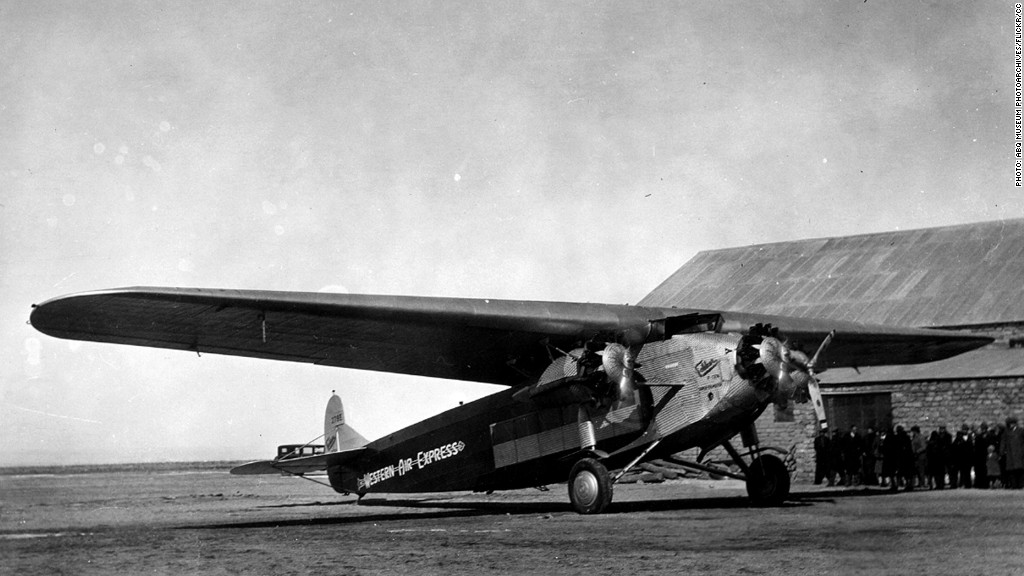


We're no longer maintaining this page.
For the latest business news and markets data, please visit CNN Business

The Guggenheim name is now synonymous with art, but in the 1920s the family that made its fortune in mining played a crucial role in advancing commercial air travel.
Upon returning from active duty as a naval aviator in WWI, Harry Guggenheim persuaded his father to start a fund for the promotion of aeronautics, according to Robert Grimm, director of the Center for Philanthropy and Nonprofit Leadership at the University of Maryland.
The $2.5 billion fund provided the money to start the first successful commercial air passenger service in the nation -- a route between Los Angeles and San Francisco. The trip cost $50 in 1928 ($695 in today's money) and cut travel time from 12 hours to three.
The fund also provided money to study how planes flying in bad weather could be made safer and convinced postmasters across the county to paint town names on their roofs, providing a crucial navigation aid in the early years of flight.

